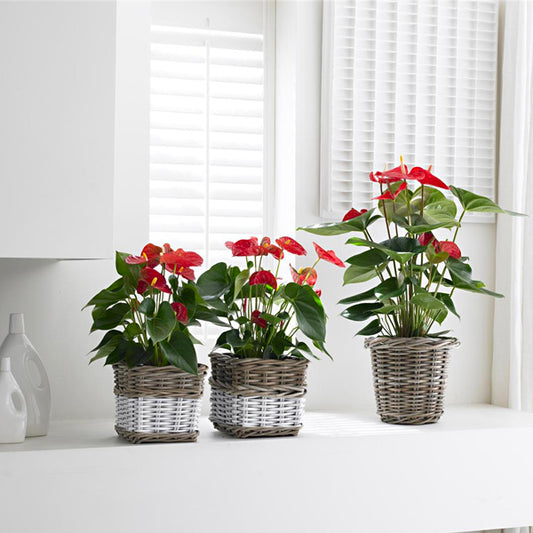Anthracnose is more of a word used to describe a disease, and it is not a pathogen. All though it is caused by pathogens. It is a combination of two Greek words Anthrax meaning Black AND Nosos meaning Disease.
Symptoms
Anthracnose refers to black spots or blemishes caused by a variety of fungal, bacterial or viral pathogens and observed predominantly on leaves.
Generally, the fungi of the genus Colletotrichum and Glomerella causes black blemishes on orchids. The leaves are most often attacked. Leaf tips turn brown beginning at the apex and proceeding toward the base.


1 & 2) Anthracnose on Paphiopedilum, caused by Colletotrichum


3) Colletotrichum leave spots on the undersides of the leaves
4) Colletotrichum on a dead leaf of Phalaenopsis

5) Glomerella on Paphiopedilum leaves


Treatment
Treatment of all fungal or bacterial diseases starts with the following:
- Isolate the plant from other plants in your collection.
- Remove or Cut all the infected leaves/canes/roots or parts of the plant with a sterilized tool.
- Each time the cutting tool contacts infected tissue, it should be sterilized before making a second cut.
- Chemical treatment with following on all plants in the collection.
When symptoms are detected, spraying with fungicides such as the following are effective against leave spotting diseases caused by Colletotrichum :
- Azoxystrobin (Brand name: Amistar) Dosage: 1g/L of water
- Kresoxim-methyl (Brand Name: Tata Ergon) Dosage: 1g/L of water
- Difenoconazole (Brand Name: Dizole) Dosage: 1g/L of water
When symptoms are detected, spraying with fungicides such as the following are effective against leave tip drying caused by :
- Chlorothalonil (Brand name: Kavach) Dosage: 1g/L of water
- Combination of Boscalid and Pyraclostrobin (Brand: Signum, Visma etc.) Dosage: 1g/L of water
- Anthracnose
- Blossom blight
- Crown and basal rot
- Phytophthora aerial blight
- Crown and soil-borne diseases
Keeping the plants drier will help to keep the infection from spreading or appearing again. Isolate the plants and observe the plants for 1-2 weeks. And apply another round of control spray with any of the above fungicides. Spray the plants early morning and keep the plants dry after the spraying. Don't water the plants same day spray treatment is done.
Prevention
- Avoid Over-watering
- Provide good circulation
- Frequent Inspection
- Isolation of suspicious plants
- Precautionary control sprays

